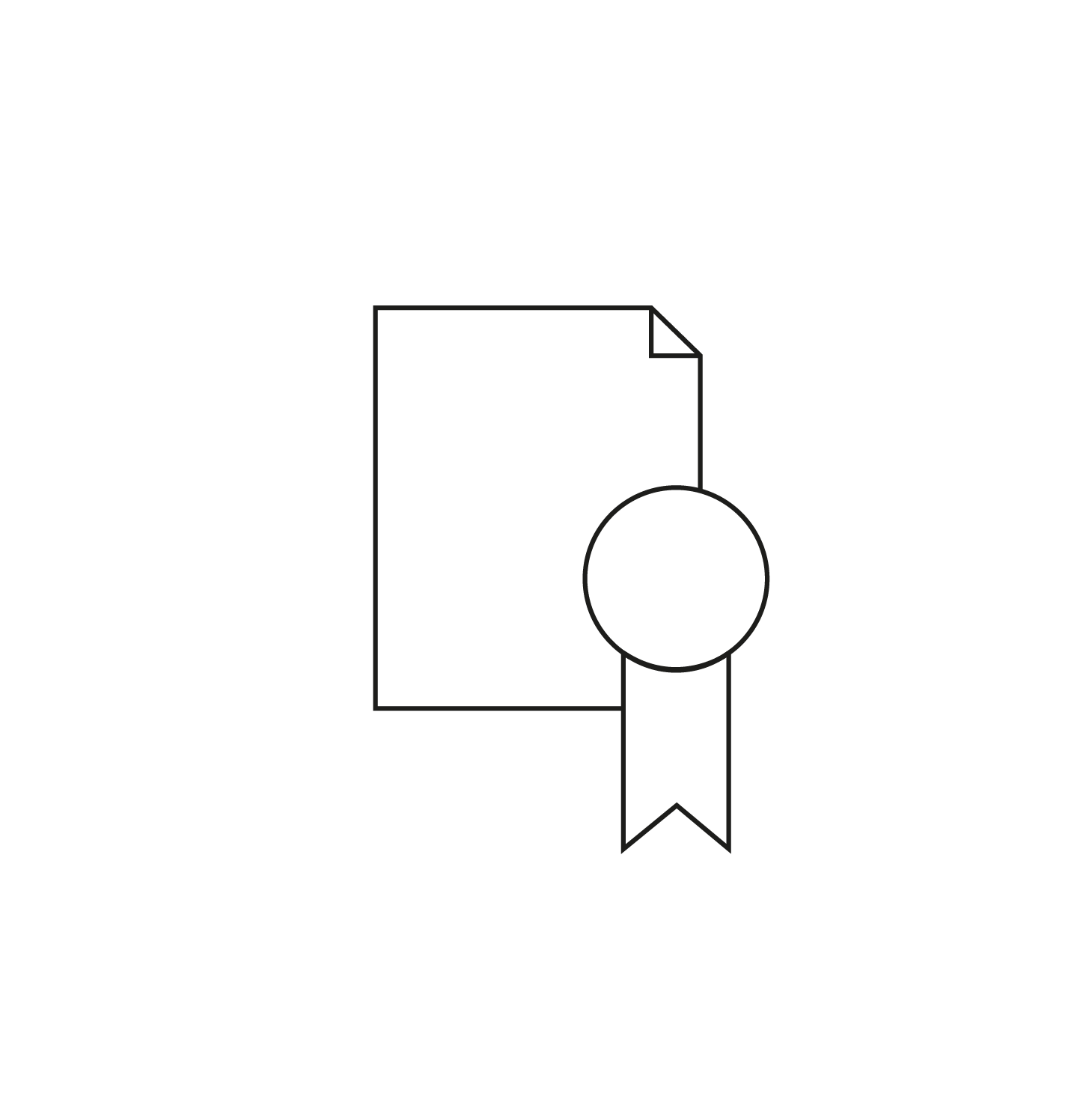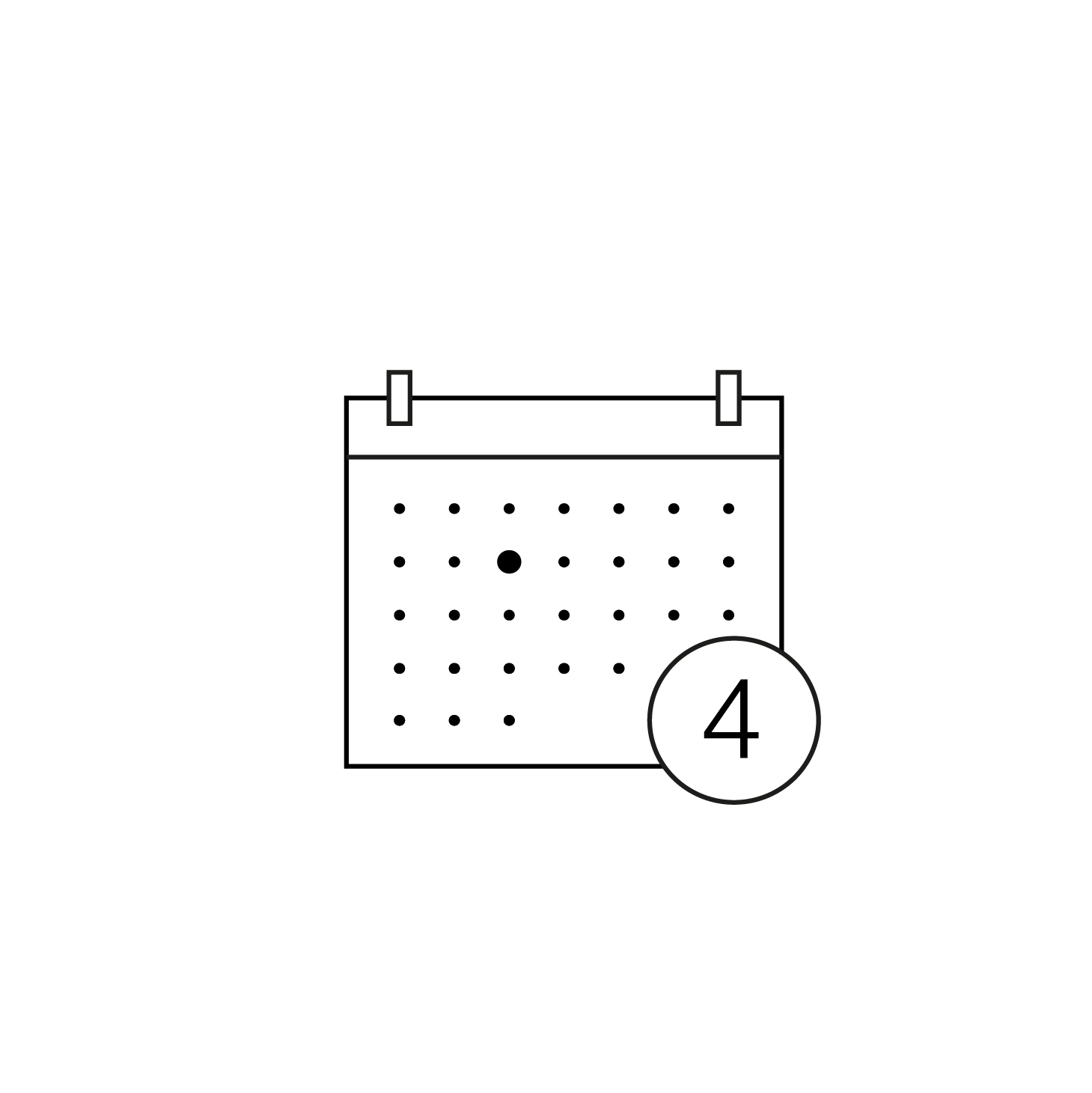Lin Fengmian learns the techniques of traditional Chinese painting at an early age and sells his first work at just 9 years old. He was in Shanghai in 1918 when he heard about a study program in France and rushed there the same year. He then developed a passion for Western painters, which he studied first in Dijon and then at the Beaux-Arts in Paris, and discovered with wonder the collections of the Louvre and the Musée Guimet.
His European adventure continued in Berlin in 1923, and the following year he expressed his desire to marry Western art with Asian art by presenting some forty of his works at the Chinese Exhibition of Ancient and Modern Art in Strasbourg. The painter found his personal style, his mission as an artist and returned to China in 1925 where he became President of the National Academy of Arts in Beijing and Director of the Academy of Arts in Hangzhou. He never ceases to question himself, questioning at the same time the future of art in China. He will play an essential role in the development of Chinese contemporary art and will be the teacher of some of the greatest artists of the 20th century such as Zao Wou Ki and Chu Teh Chun. Lin Fengmian’s ideas on the fusion of Western and Chinese art are so revolutionary that he was persecuted during the Cultural Revolution. Indeed, the vivid colours of his palette and his sense of composition are reminiscent of the European painting of the Fauvists and Cubists. Moreover, he favours the use of a square format rather than the traditional long scrolls of calligraphy. Chinese art gives special importance to the emptiness that artists sometimes like to fill with a poem. One notices how Lin Fengmian breaks with this thousand-year-old tradition in “The Reading” and “The Pretty Musician”. In the former, the artist delimits his composition with two black stripes on the sides so that the eye is focused on his model in the centre and in the latter, he propels the musician forward thanks to a very tight framing and the foliage that surrounds her. The entire pictorial space is thus put to good use, as in his sublime landscapes where mountains, trees and small houses occupy the four corners of the paper.
See more









![PEINTRES D'ASIE, ŒUVRES MAJEURES • VENTE [38]](https://cdn.drouot.com/d/image/vente?size=phare&path=78/134916/d155071746784705b81ca19f51f98bd0)




